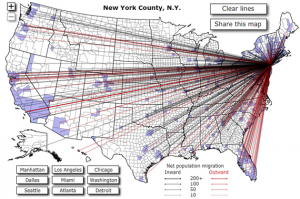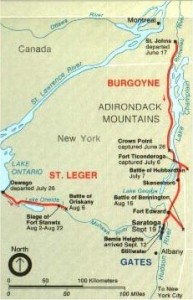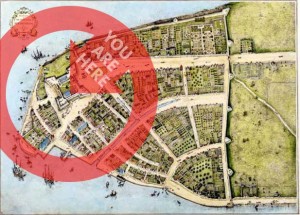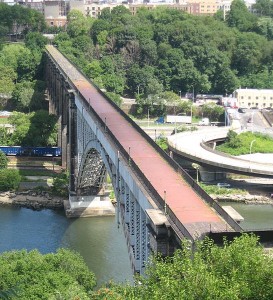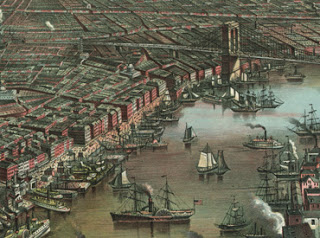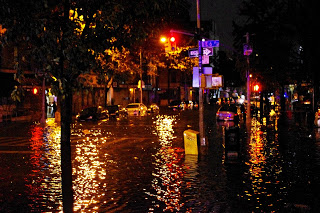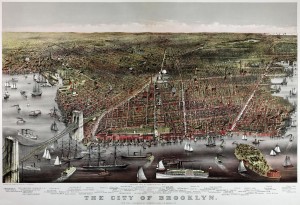
What is the Brooklyn story and if there is one, is it being told? In December, I wrote a post here about the Dutch heritage. That led to two responses from people who can claim a direct connection to that heritage in Brooklyn.
“My mother’s family ‘way back’ (1638) was Dutch, and helped found what is now Brooklyn. As I understand, they owned part of what is now Prospect Park. (I shocked a very family-proud great-aunt by saying ‘They should have held on to it; it would be worth a lot of money today!’ I was probably about 10 years old at the time and not impressed by family background!” – Celin Schoen Continue reading “The Brooklyn State of History”


